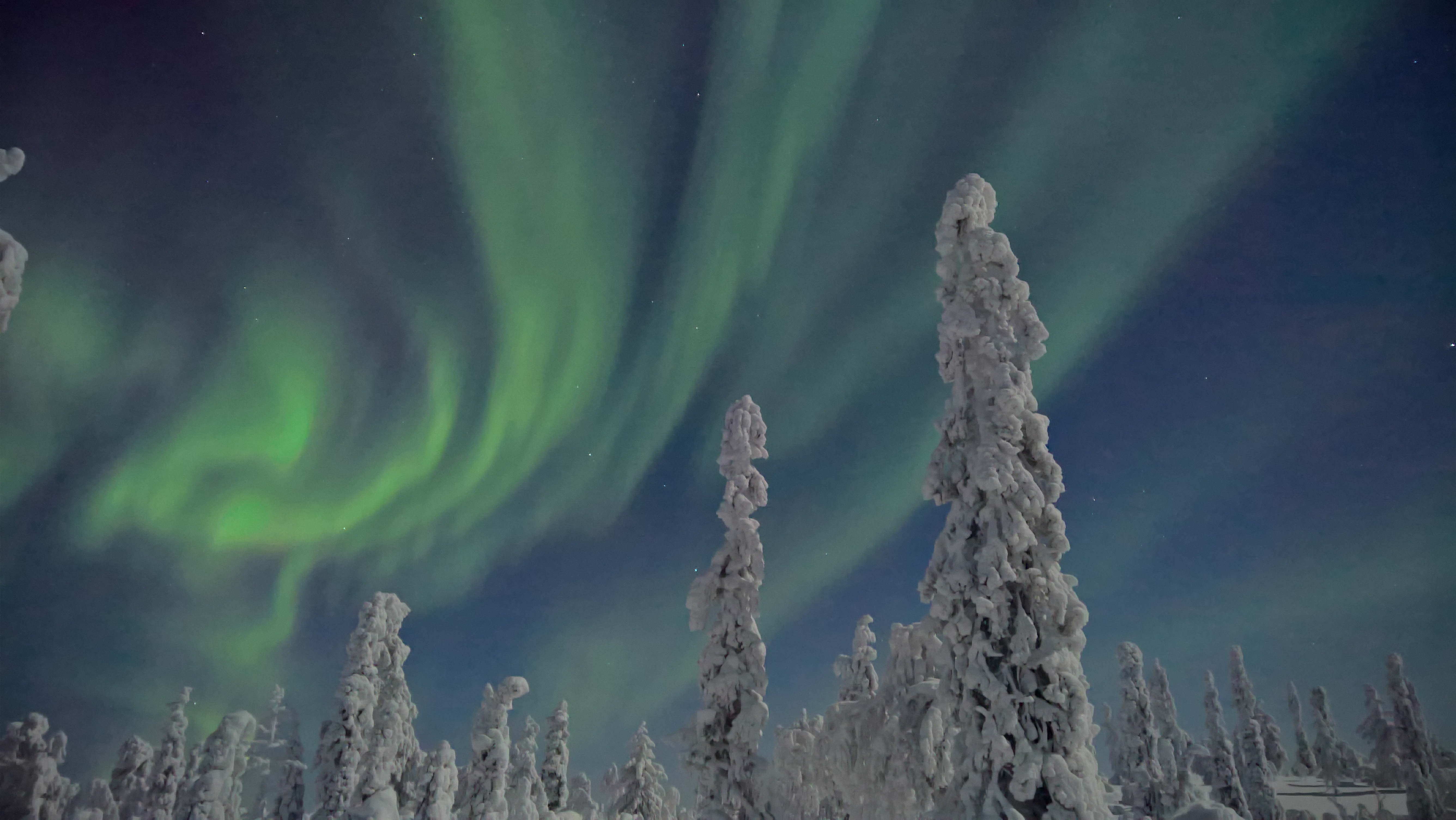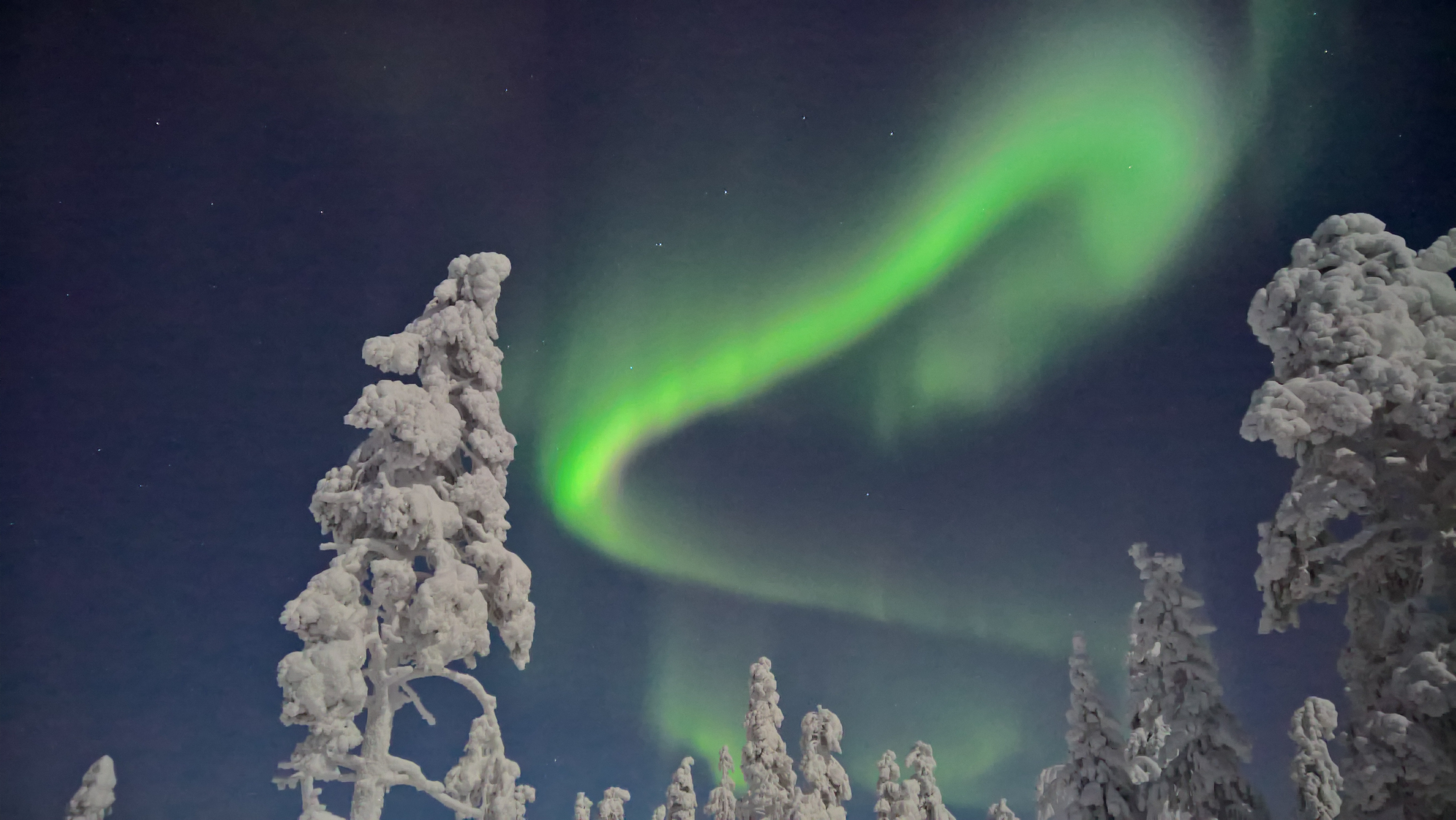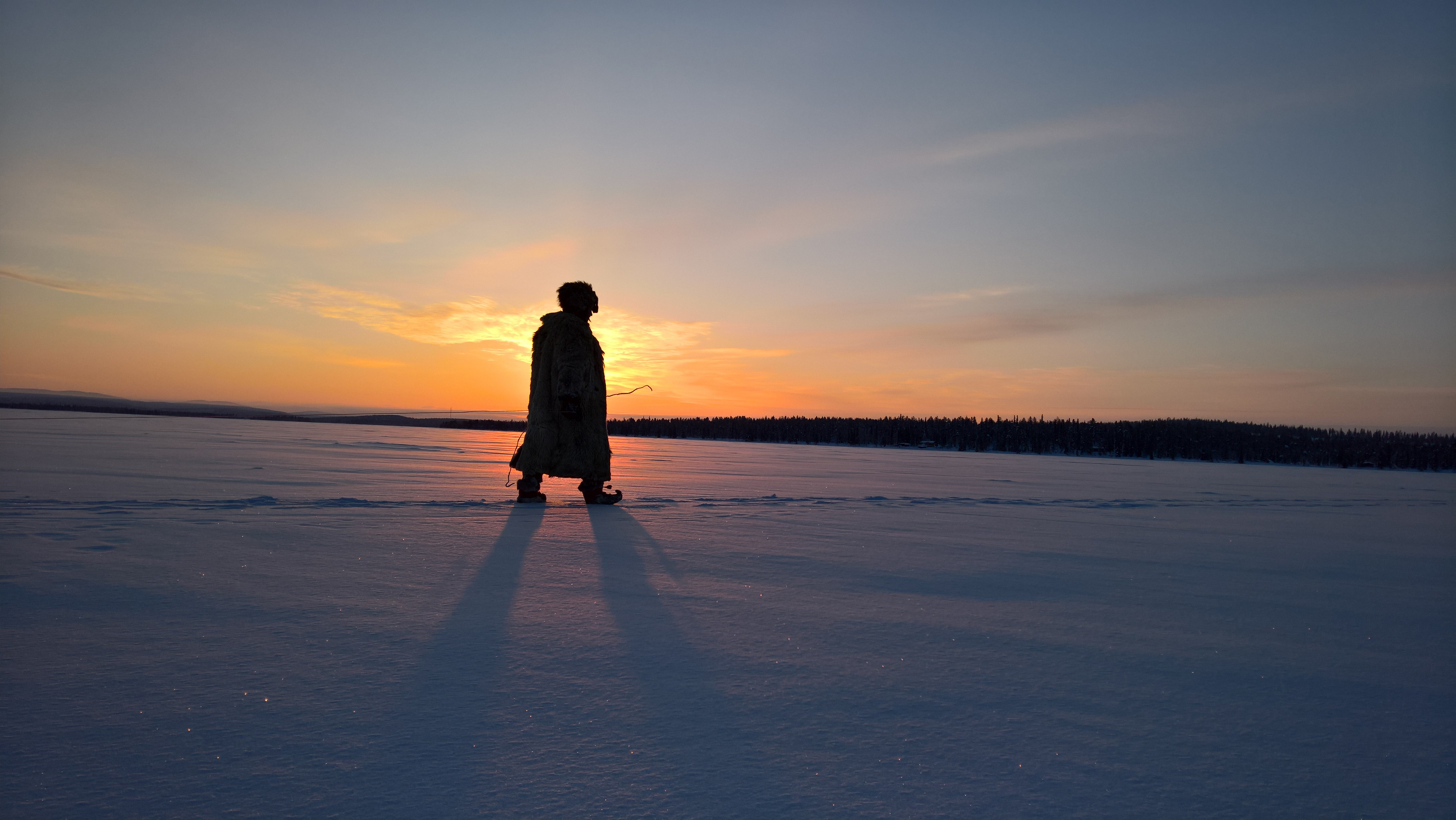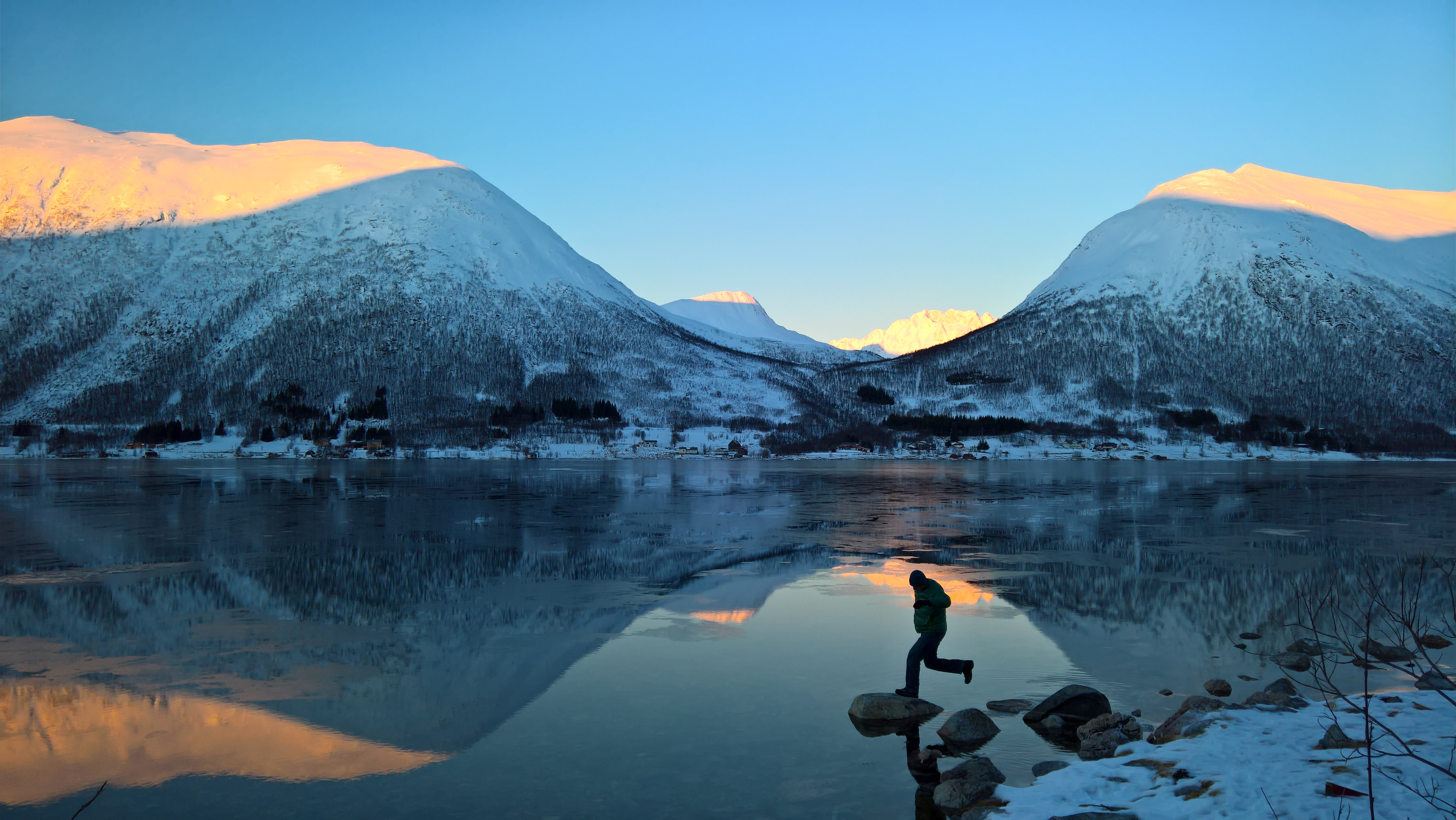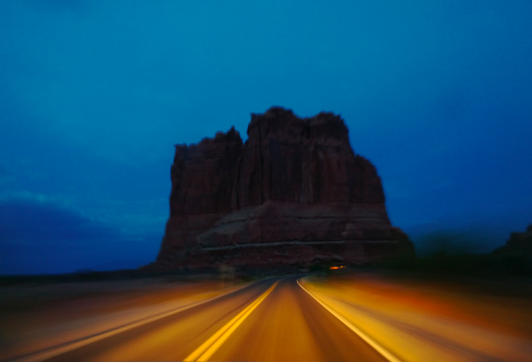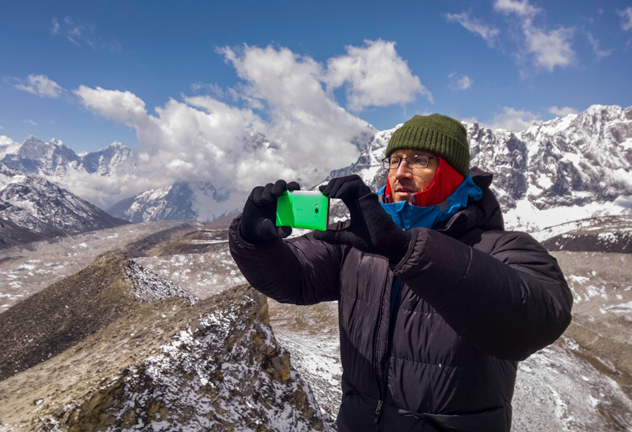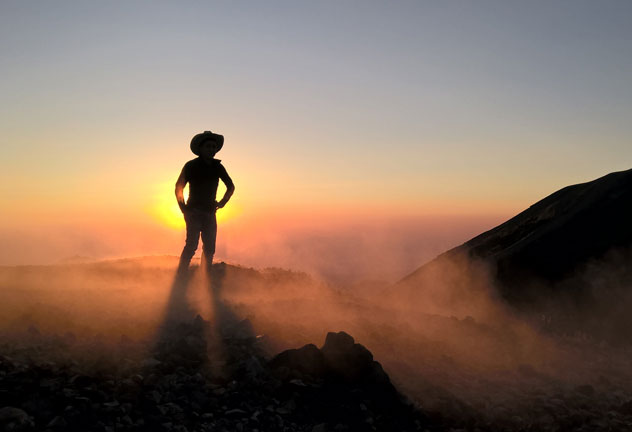Microsoft x Nat Geo: Shooting the aurora with Lumia 950

Ok, really I was asked to shoot six of them, as I had already photographed the Grand Canyon with the Lumia 1020 while exploring the American West.
The Seven Wonders was a great assignment. And a challenging one, too. I was to make National Geographic quality images using only Lumia smartphones.
I went through the list of the remaining natural wonders and made mental notes of the demands I faced with each location.
Rio de Janeiro: heat and humidity
Mount Everest: high altitude and cold
Victoria Falls: dangerous animals
Paricutin volcano in Mexico: dust and dirt
Great Barrier Reef: underwater
With my 20 years of experience shooting for National Geographic Magazine, all those issues were manageable. But the Aurora Borealis, also known as the Northern Lights, had challenges that initially I wasn’t certain I could face.
The Northern Lights are the only Natural Wonder that are not a place – they are phenomena. Their appearance relies on the interaction of charged particles given off by storms on the sun hitting the Earth’s atmosphere and magnetic field. The sun storms are intermittent, unpredictable, and so are the Northern Lights. Coupled with the lights unpredictability is the extreme cold and bad weather of the far north.
When they do happen, the lights can be spectacular but they are not very bright. Smartphone’s weak point has always been shooting in low light. Therefore, I did the logical thing in arranging the assignments and put the aurora shoot off to the end!

This wasn’t just procrastination. As Microsoft’s Devices Ambassador, I knew Microsoft’s camera phone technology was advancing at a fantastic pace. Once I got the Lumia 950 in my hands, I was pretty sure it was capable of capturing a natural phenomenon that happens only at night.
On this assignment, I chose to work above the Arctic Circle, in Northern Finland and Northern Norway. The idea was to see different landscapes and people in the land of the aurora while waiting for the right combination of weather and light display.

It was bitter cold shooting in Finland. Temperatures hovered around 35 degrees Celsius below zero! Days up there in January are short, 2-4 hours of daylight so we had lots of night to see the aurora if it would appear.
At night, my friends and I would walk through the snow-covered dreamscape of the Finnish winter. Eyes glued to the sky. We’d look at clouds and ask “do you think that is the aurora?” Then one night when it was 40 below there were no longer questions! There were curtains of light from horizon to horizon.
I was shooting with the Lumia 950 on a tripod and turned the ISO to between 100-400, the exposure to four seconds and then fired away. The tripod was so cold that touching it burned my fingers.
I made pictures while great ribbons of green orange and white light crisscrossed the sky. They looked like dragons flying above us. I could not believe what I was seeing both above me and on the screen.
Low light, the last barrier to smartphone photography, has fallen away. I was shooting the Aurora Borealis on a smartphone!
– Stephen Alvarez

